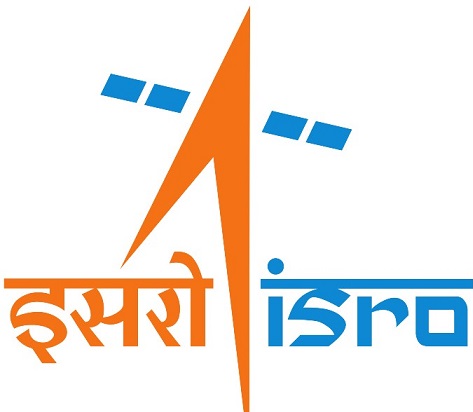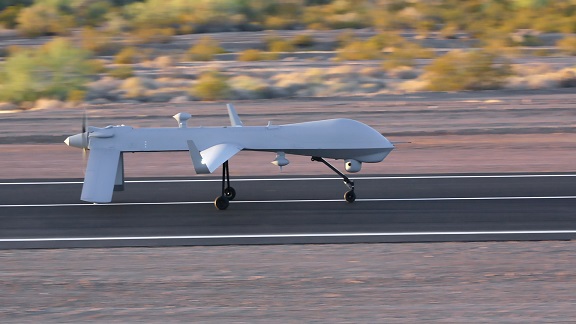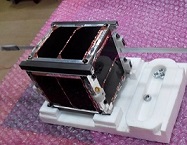
SRIHARIKOTA (PTI): ISRO on Wednesday said it is looking at increasing the number of satellite launches to 12-18 per year while underscoring the need for streamlining its robust PSLV series by adding on a new vehicle assembly building.
"We need to streamline the PSLV series and we are trying to get into more number of launches per year by increasing the capacity within in the country," Indian Space Research Organisation (ISRO) Chairman A S Kiran Kumar said.
"We are working towards some mechanism where industry-ISRO partnership will enable us to increase the number of launches per year to almost 12-18 per year in the coming years," he said.
Kumar was talking to reporters after India successfully launched 20 satellites, including its earth observation Cartosat-2 series, on board Polar Satellite Launch Vehicle-C34 from the Sriharikota spaceport on Wednesday.
On developing a three-stage PSLV, he said, "Not exactly...
One of the things we will be constantly addressing is how to reduce the cost of accessing space and these studies are addressing on what methods to reduce cost of launching satellite and that will be our continuous endeavour."
Noting that PSLV was a versatile launch vehicle which can do different jobs and put satellites in different orbits, he said streamlining of this operation with improved capabilities is on.
To a question on another launch station, he said what ISRO is looking at is trying to increase launches and remove bottlenecks if any. "Today one of the efforts towards that end is a second vehicle assembly building, which is getting ready and which will help increase the number of launches."
He said, "Our effort is to continuously assess the situation and take corrective action at an appropriate time to improve our launch frequency."
Kumar said work is on to launch the South East Asian satellite (previously SAARC and now SEA as Pakistan has backed out) by the December to March time frame.
He said the next launch would be PSLV C-35 which would have Scatsat, the primary satellite with scatterometer enabling ocean wind vector information, weather monitoring and forecast activity.
"Prior to that we are looking also at the possibility of air breathing experiment (which is also part of the overall Reusable Launch Vehicle activity)."
Kumar said the GSAT-18 launch is now slated for September instead of July 12 as a satellite that was to be launched had problems.
ISRO would also look at whether it could overcome limitations in the performance of GSLV Mark 2 and 3 and if it could build some features in this regard, he said.
Kumar said India has 35 satellites, including 13 communication, 13 earth observation and 7 navigational. Two other satellites are for space science and these are Mars Orbiter Mission and Astrosat.
"Our assessment is we need to double this number for meeting various requirements of the country and towards that our work will be progressing," he said.
Earlier, Kumar congratulated his team for the successful launch of the 20 satellites 'in a record time' and said, "PSLV C-34 has done its job."
"We have the current generation of earth observation satellite of Cartosat 2 series," he said, adding ISRO has done a 'wonderful job'.
 Previous Article
Previous Article Next Article
Next Article












The Indian Air Force, in its flight trials evaluation report submitted before the Defence Ministry l..
view articleAn insight into the Medium Multi-Role Combat Aircraft competition...
view articleSky enthusiasts can now spot the International Space Station (ISS) commanded by Indian-American astr..
view article